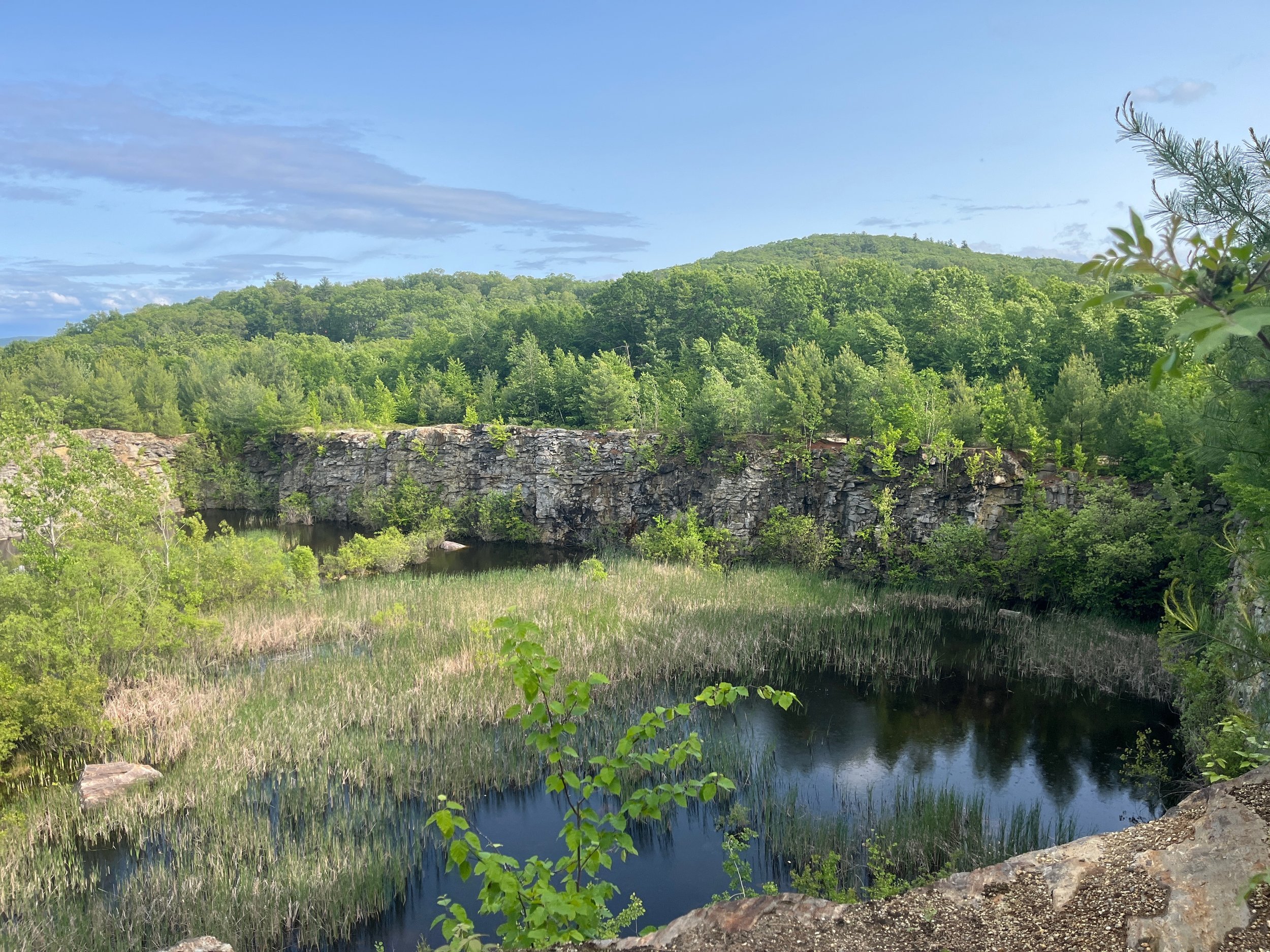“As you start to walk on the way,
the way appears. ”
Okay, in my case today maybe the way didn’t appear as much as it became impassable. I sought out a new trail today. I’ve been trying to get to know my new area by exploring new places to walk—and I found a trail that was only about a 12-minute drive from where I lived. Normally, I find comfort in familiarity—I like walking the old paths. I am known to re-watch favorite movies and re-read favorite books. My work requires so much travel and meeting so many new (and wonderful) people that I often need a break from novelty and new-ness. So I seek the familiar and known.
But I am trying to stretch myself a little this Spring. It’s good for the brain to walk. And it’s really good for the brain to walk in a new place. Your brain creates new neurons, if merely to help you create the mental maps that might get you home from the new place. But it’s also because I just want to give myself more of a chance to observe—to be surprised—and have to be present with where I am.
The place where I chose to walk had two trails—a shorter inner trail and a longer outer trail. My plan was to walk the outer loop —it was longer and would have given me a good hour of walking. But it’s rained for most of the weekend and after traversing some wooden walkways above water, the path led into a meadow that had become a marsh. I walked a few steps out and decided it was too tricky to walk in. I decided to turn back.
I had seen a sign back at the first bend in the path to the inner loop, a trail to a quarry, so I headed to that fork in the trail and turned left. I figured I’d get a short walk. The trail wound through pine and up to ledges. Along the edges of the path were swaths of labrador tea . The air was sweet with pine and the labrador tea. it smelled just like the islands in Maine.
After about 10 minutes of walking in dense forest I emerged into the open and along an old granite quarry. A wide-open sky. A mini canyon, filled with water and reeds. Red wing blackbirds loud and flying around. It wasn’t the Grand Canyon, but it was spectacular—a wide expanse—with a view of the mountains in the distance. Blue sky and white clouds in one direction and grey sky in the other direction. Light rain fell despite the sunshine. I looked for a rainbow, but didn’t see one.
It was odd mix of small and large. You could see the other side, but it was big enough and deep enough that you didn’t want to get too close to the edge. I thought, as I looked out, that in some ways it doesn’t matter how big a canyon is if you can’t get across it.
Respecting what you can’t get across or can’t get around seemed to be the message of the day. I would have completely missed the canyon if my original plan for the outer loop hadn’t failed.
I walked back out thinking about how many things I wouldn’t have done, or wouldn’t have seen, or people I wouldn’t have met if my original plan had worked. If I wasn’t sent on some detour because of life’s equivalent of a marsh. And don’t get me wrong, I don’t want to imply that every one of life’s setbacks or detours always is always positive in some way or works out in the end. I don’t believe that. There are some things that happen that are simply awful.
But it is also true that some of my best learning has been because of detours. And I got some of my best teachers and mentors because of programs that ended or hospitals that closed. Or jobs I got because others fell through. And some of my best creating has been because we were understaffed and had to invent something new, or the electricity went out, so we had to do everything with flip chart and markers. When the trail disappears, you make your own way. And sometimes that leads to someplace spectacular. Or some place new.
© 2025 Gretchen L. Schmelzer, PhD
Speaking of new trails—as I have mentioned before I have a new endeavor. I have co-founded the Center for Trauma and Leadership with my colleague Carolyn Murphy. We work with leaders at the intersection of leadership and trauma. We work primarily with people who work in jobs where trauma is routine—first responders, mental health, medicine, journalism, social work to name a few. I know many of you work in trauma related fields so you may be interested in the support we provide. We do programs for leaders and coaches—both in organizations and also open enrollment. If you’d like to connect with the work we are doing there, sign up for our newsletter here.
